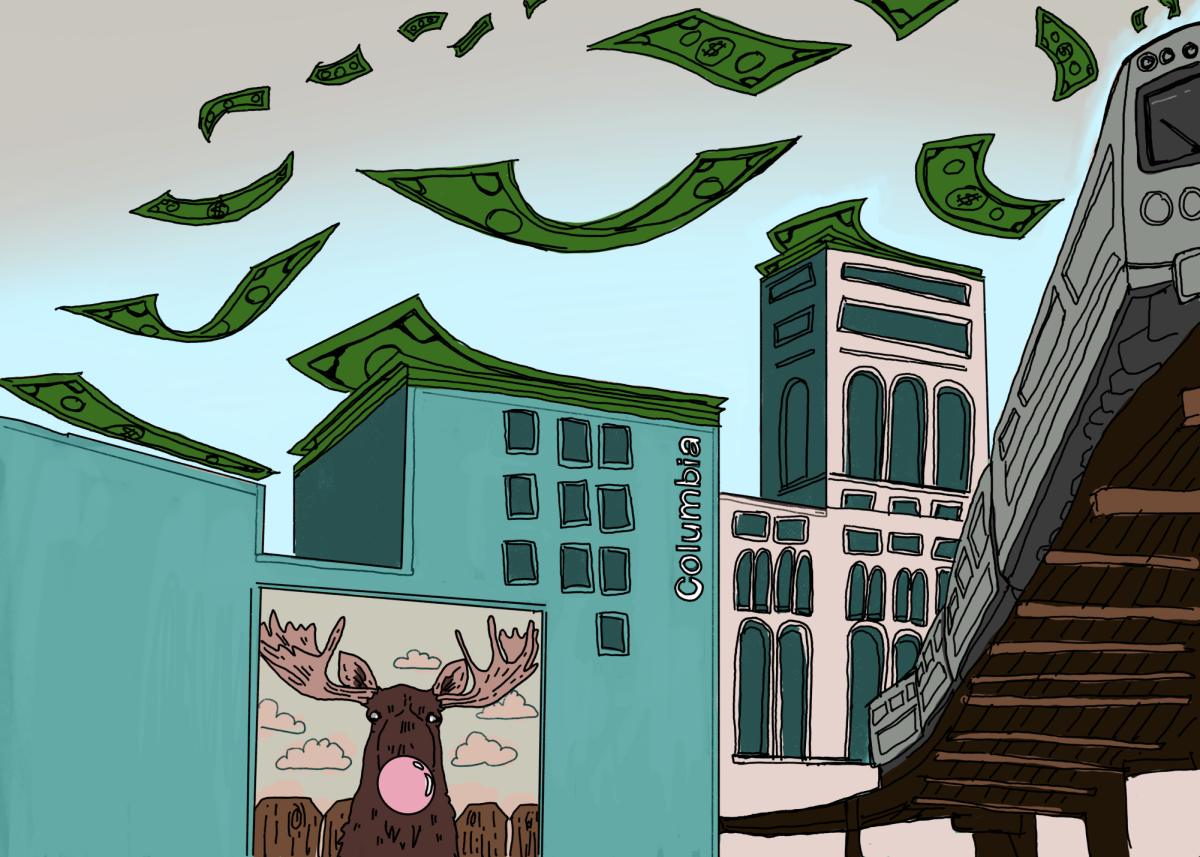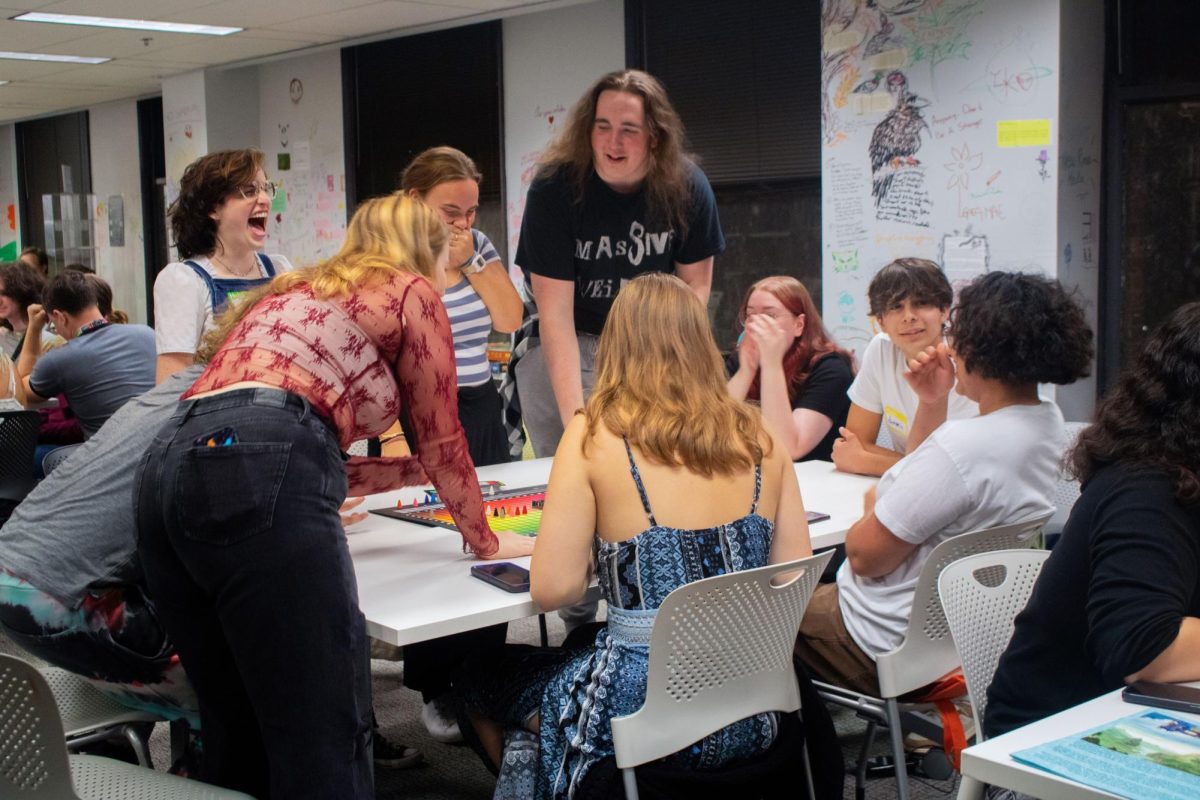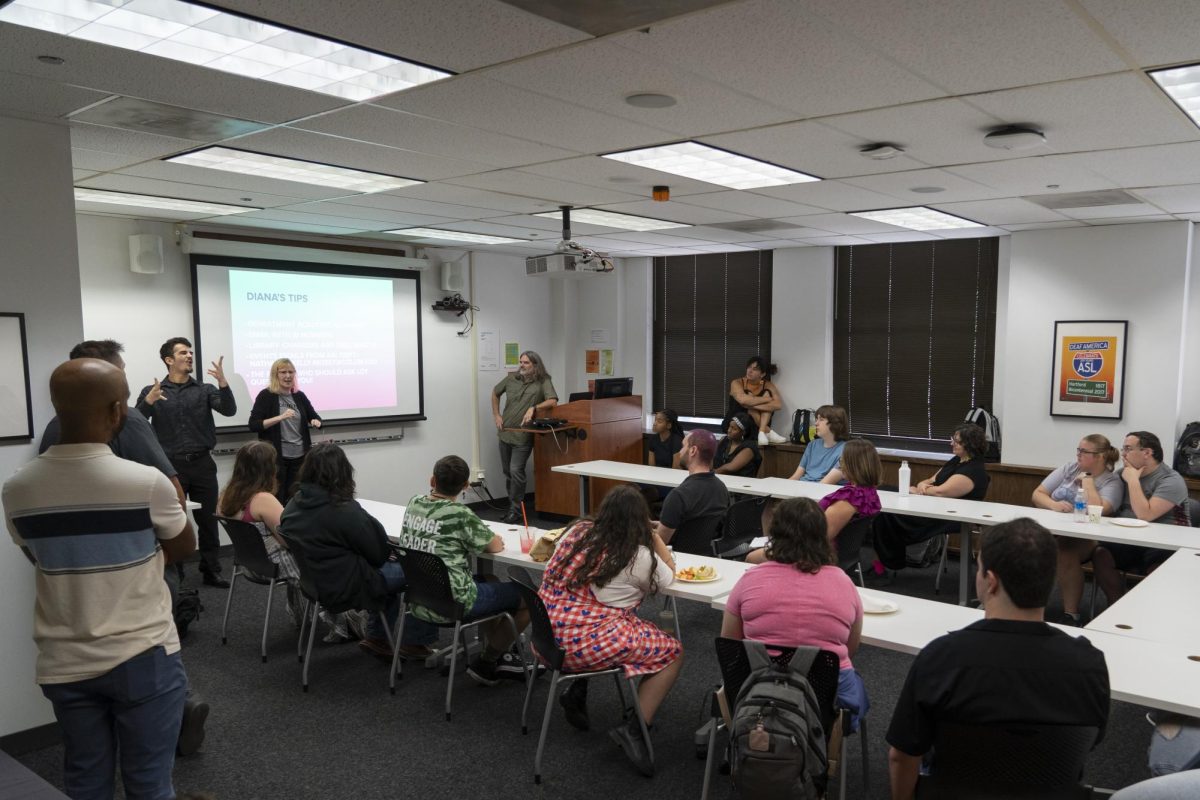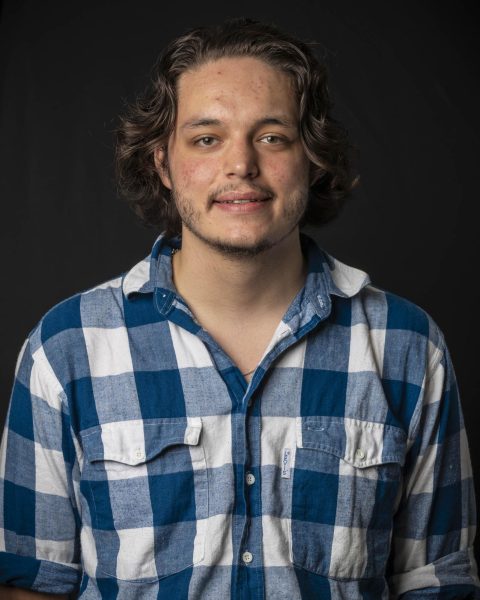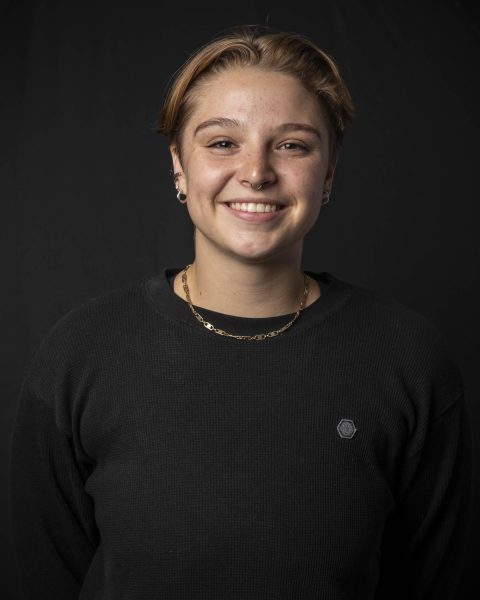Most Columbia students pay half the full $31,026 tuition price to attend the college, with 96% of first-year students this fall receiving a discounted rate due to scholarships.
For Fall 2022, 88% of all students received scholarships from the college with an average of a scholarship package $7,317. Tuition in 2022 was $14,635 meaning on average, scholarship recipients were paying around half of the advertised tuition. Fall 2022 is the most recent data the college had available for The Chronicle.
The college has doubled its scholarship support to students in the past five years, which has made Columbia more affordable but also has impacted the bottom line. Columbia is tuition-driven, meaning its income primarily comes from tuition. The discounted rates and increase in scholarships make it difficult to address a $20 million deficit.
President and CEO Kwang-Wu Kim told faculty in August that the college put about $78 million of its tuition revenue back into scholarship support. “We essentially put one-third of our operating budget in scholarship support,” he said, while outlining cost-cutting measures the college would need to take to close the deficit. “That’s not a sustainable number.”
For context: When the part-time faculty union went on strike last week, one of the point of contentions were these deficit measures the administration has taken, including raising class sizes and cutting some undergraduate degree programs. Students have also pushed back against potential tuition increases. Besides one stoppage in raising tuition in 2020-2021, it has increased almost every year since Kim became president in 2013.
Joel Forsberg, a sophomore film and television major, finds the tuition increase worrying. He currently pays about $22,000 after scholarships, not counting his on-campus housing. “How do we know it’s not going to keep being raised, which maybe it will be, but overall, it’s already an exorbitant amount of money.”
The strike is now on its seventh day. Both sides have said they have made progress but are not close to making a deal, with hundreds of classes taught by part-time instructors not meeting for a second week.
By the numbers: Fall 2023 numbers show an increase of scholarships given to students: 96% of first-year students received scholarships from Columbia worth an average of roughly $15,000 per year, while 99% of transfer students received a scholarship from Columbia worth an average of $13,000 per year.
This figure is excluded any federal student aid or grant money.
Columbia’s 2023 annual tuition is $31,026 before any fees. Fees are a flat rate, separate from tuition, which in 2023, was $725.
Columbia administration announced last April, four strategies it was undertaking to address the $20 million deficit. They were: increasing tuition, retaining students, increasing enrollment and making operations more efficient through measures like increasing class sizes.
What students are saying: Luke Niemann, a junior majoring in music business, said the discounted tuition helps people attend the college. Niemann has attended Columbia for three years.
“I think it’s positive because it allows more people to be able to come here,” Niemann said. “Though it may be taking funds away from other avenues, it’s allowing more people to have the experience of coming here,”
Niemann pays $2,000 out of pocket per semester, with the rest covered by scholarships and grants.
Carlos Barrientos, a junior interior architecture major, also has merit scholarships with Columbia. “What I’d say is that I get around half of tuition from Columbia,” Barrientos said.
Amaya Berry, a junior American Sign Language interpretation major, pays completely out of pocket to go to Columbia.
“I feel like a lot of the Columbia scholarships on the Scholarships page are geared towards people who are not American Sign Language so it’s kind of hard to find scholarships in that major,” Berry said. “I feel like it’s geared toward people in the arts.”
The college’s increase in scholarship offerings to first year students reflects the college’s push to increase enrollment numbers and retain students in their sophomore year.
Columbia’s enrollment was 6,646 in Fall 2022, and Fall 2021’s enrollment was at 6,736. Enrollment was 6,825 in 2018, rose to 6,947 in 2019 and then dropped again. It has been declining ever since.
The college has not met its retention targets for 2022, budgeting for a goal of 71.5%. It now looks to be short by six points, as previously reported by The Chronicle.
First-year photography major Alistra Andal Salvador received the Dean’s Scholarship and pays around $4,000 a semester out of pocket after scholarships. Salvador said the scholarship is essential, “especially for a lot of communities.”
“It’s just not very obtainable with how tuition has continued to rise,” Salvador said. “I feel like part of Columbia is a bunch of opportunities that you’re presented [with] and with the rise in tuition it’s rescinding some of those opportunities to a lot of people.”
Salvador said he hopes Columbia keeps offering ways for students to attend.
“The school would end up reducing their debt but in turn making it more difficult for students to pay the tuition, therefore make Columbia a less desirable option.”
As for Forsberg, he hasn’t been able to attend class since this strike started Oct. 30. All of his classes — 12 credit hours in all — have been canceled by part-time instructors.
“I’ve received emails from all of them,” Forsberg said. “They wanted to see if they could do it online, over Zoom, continue the class via alternative methods but the union rules wouldn’t allow them to do that. So that just fully canceled them for the duration of the strike”
He doesn’t blame his instructors. “I see where they’re coming from,” Forsberg said. “They need their jobs to be secure.”
But he also feels robbed. “I’m not getting the education that I’m here for,” Forsberg said. “I think that if you make the decision to go to film school to pursue a career in film, then it’s with the assumption that you’ll be building a portfolio quality work and the classes will be guiding you towards having already established yourself as a creative.”


